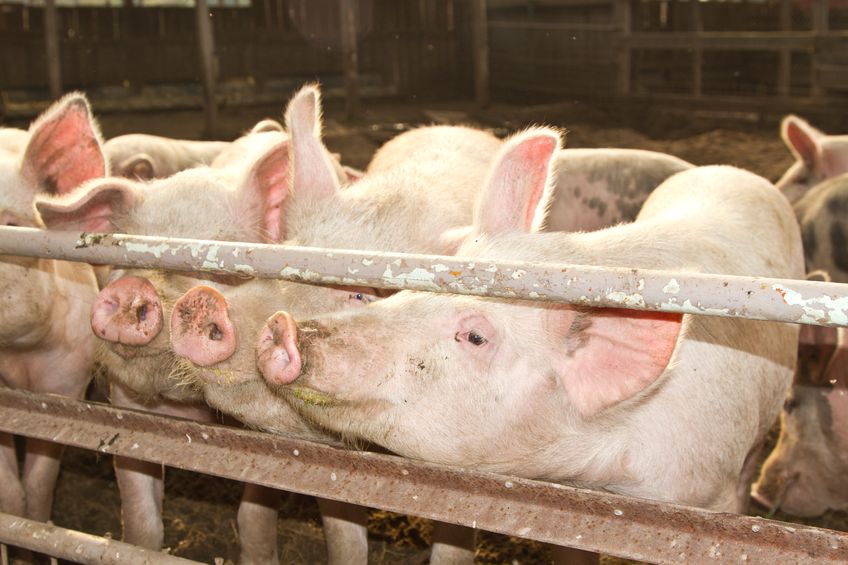
A new vaccine against African swine fever has been developed that appears to be far more effective than previous ones.
Currently, there is no commercially available vaccine against ASF, which has been devastating the swine industry in Eastern Europe and Asia.
The disease is highly contagious and often lethal to domestic and wild pigs.
Outbreaks have been quelled - more or less - 'by animal quarantine and slaughter,' according to a new report by the American Society for Microbiology.
In their study, both low and high doses of the vaccine were 100% effective against the virus when the pigs were challenged 28 days post-inoculation.
The research was motivated by the 2007 outbreak of African swine fever in the Republic of Georgia, said Douglas Gladue, senior scientist at the Plum Island Animal Disease Centre, US Department of Agriculture.
“This was the first outbreak in recent history outside of Africa and Sardinia - where swine fever is endemic - and this particular strain has been highly lethal and highly contagious, spreading quickly to neighbouring countries.”
The 2007 outbreak was also the genesis of the African swine fever that has been spreading through Eastern Europe and east Asia, said Manuel Borca, also a senior scientist at the USDA.
There is limited cross-protection between strains of swine fever, likely because the antigens and degree of virulence differ among them, and none of the historical experimental vaccines have been shown to be effective against ASFV-G, said Dr Gladue.
The investigators at Plum Island Animal Disease Centre set out to develop a vaccine. Part of the process of developing whole virus vaccines involves deleting virulence genes from the virus.
But when the researchers deleted genes similar to those that had been deleted in older ASFV strains to attenuate them.
“It became clear that ASFV-G was much more virulent” than the other, historical isolates, because it retained a higher level of virulence, said Dr Gladue.
The investigators then realised they needed a different genetic target in order to attenuate ASFV-G.
They used a predictive methodology called a computational pipeline to predict the roles of proteins on the virus.
The computational pipeline predicted that a protein called I177l could interfere with the immune system of the pig.
When they deleted this gene, ASFV-G was completely attenuated.
But more work needs to be done to meet regulatory requirements for commercialisation, said Dr Gladue.
“This new experimental ASFV vaccine shows promise, and offers complete protection against the current strain currently producing outbreaks throughout Eastern Europe and Asia,” he said.
